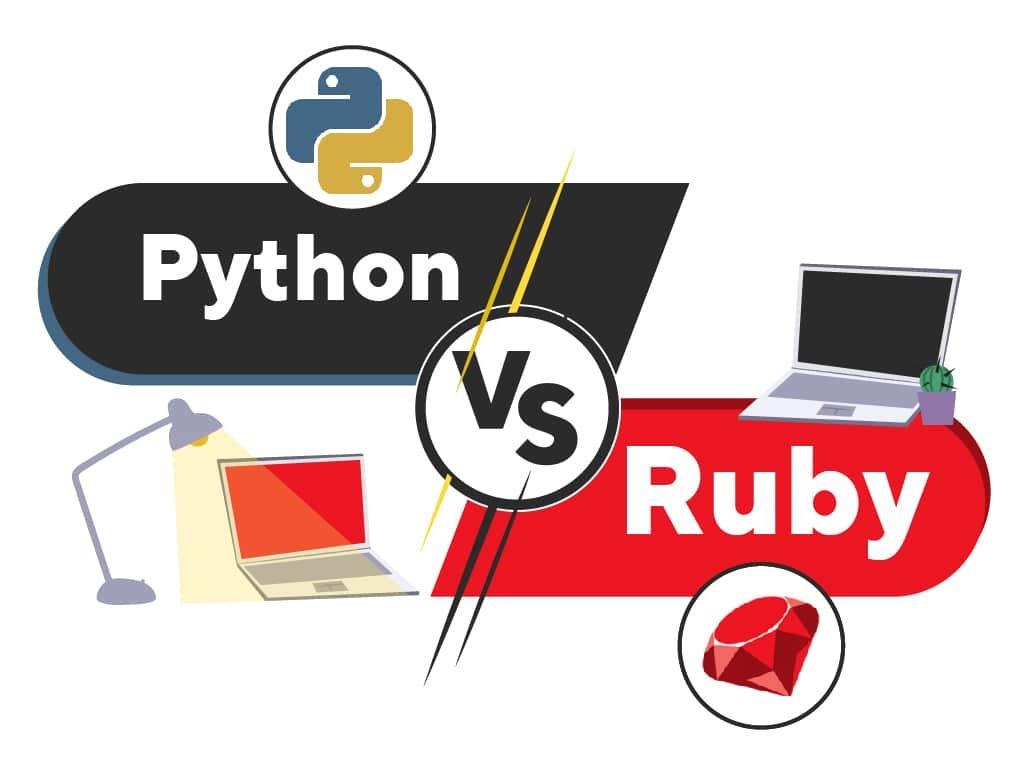
Ruby vs. Python! What does Ruby have that Python doesn’t have and vice-versa?
In this article, we are going to read about the major differences between Ruby and Python and we will try to understand the features both of these languages lack when compared to the other. But, before diving straight into this discussion, let us analyze what these programming languages are, and their use cases? Let us also jot down the similarities and differences leading to a conclusion on Ruby vs Python.

Table of contents
- What is Ruby?
- What is Python?
- Similarities: Ruby and Python
- Key Differences: Ruby vs Python
- General Use Case
- Ease of debugging
- Object-Oriented Programming
- Availability of Mixins
- Support for Inheritance
- Tuples
- switch/case statement
- Functions Ruby vs Python
- Modification of built-in classes
- Support for anonymous functions
- Lambda Functions
- Usage over Platforms
- Web Frameworks
- Approval by OSI
- Conclusion
- Test your understanding of Python and Ruby, attempt these practice MCQs now:
What is Ruby?
Ruby is a pure object-oriented programming language. Programmers mainly use it for building web applications. Developed by Yukihiro Matsumoto (also known as Matz) in 1995, it is a high-level programming language, dynamic in nature, and is completely open-source. Python has great community support in the background. Its syntax is elegant and easy to read and it supports writing code with ease for more productivity. Ruby is supported by most of the operating systems and can be run on all versions of UNIX, Mac OS, and Windows.
What is Python?
Python is also another open-source programming language created by Guido Van Rossum in 1991. It is an interpretable scripting language widely used because of its easy-to-understand syntax and availability of numerous libraries. It is used widely in the field of backend development, Data Science, Machine Learning, Deep Learning, and AI. Python programming language can be the best-suited programming language for a beginner to start with because of its optimized syntax that makes it easier to debug code.
Similarities: Ruby and Python

Now that we are a little more familiar with these two languages we must know some of their features that make them similar.
- Both of these are high-level programming languages in nature.
- They have web frameworks that can be used for web application development.
- Available support for dynamic typing, the programmer needs not declare variables beforehand.
- Both Python and Ruby are open-source, whereas Ruby and Python are both (Free Software Foundation) FSF approved.
- Both of them support server-side scripting.
- Ruby and Python once again exhibit similarities with both having interactive prompts.
- These are used in top-tech industries for fulfilling various needs of the organization.
Key Differences: Ruby vs Python
After going through all this valuable information, we are now in perfect condition to understand the major drawbacks of one language over another language. We’ll take a look at certain parameters over which we will make these comparisons.
1. General Use Case

Source: Hack Bright Academy
Python comes with a plethora of libraries that support academia and is mostly used for scientific programming and state-of-the-art fields like Data Science, Machine Learning, Deep Learning, and Artificial Intelligence because of its faster speed.

Source: Hack Bright Academy
On the contrary, we widely use Ruby for practicing functional programming and web application development. It offers a plethora of out-of-the-box resources for developing complex and high-traffic websites and applications. It gives developers the freedom to apply creative solutions.
2. Ease of debugging
We all know that debugging a program to resolve an issue in software is one of the most tiring and hectic tasks to perform. Here, Python steps one foot forward when it comes to offering ease in code debugging. Ruby concentrates majorly on web application development, so its code can be tough to debug at times.
3. Object-Oriented Programming
Although Python offers major OOPs methodologies, it is not considered a fully object-oriented language as it does not provide strong encapsulation features as compared to other OOP languages such as Ruby, C++, Java, etc.
4. Availability of Mixins
Ruby offers the programmers the freedom to use the concept of Mixins that enables modules to access the instance method of another module that lets them enhance their capability without using Inheritance.
Mixins are not available in Python.
5. Support for Inheritance
When we talk about one of the most important characteristics of Object-Oriented Programming, we talk about Inheritance. Inheritance gives us the ability to reuse our code. Python supports multiple inheritances, thus a derived class can have more than one base/parent class.
On the contrary, Ruby only supports single inheritance in which a derived class can inherit properties from only one base/parent class. Support for multiple inheritances goes missing.
6. Tuples
Python has a special kind of data structure known as Tuples that are immutable in nature and are used to store data. Ruby does not support any data structures like Tuples.
7. switch/case statement
Switch/case is one of the common control flow statements that are used to transfer the flow of execution of the program from one statement to another. It is supported by Ruby but Python does not support these statements.
8. Functions Ruby vs Python
Functions are reusable blocks of code that are an integral component of any programming language. Python has functions while Ruby doesn’t have functions (it has methods).
9. Modification of built-in classes
Python doesn’t allow us to modify the already created built-in libraries. However, we can create custom functions in Python. On the other hand, Ruby allows us to modify built-in classes.
10. Support for anonymous functions
Ruby has support for different types of anonymous functions in the form of blocks, procs, and lambdas. On the contrary, Python supports only lambdas.
11. Lambda Functions
Python supports only single line lambda functions and in Ruby, we can write larger lambda functions.
12. Usage over Platforms

We encounter the usage of Python on multiple platforms like Colab, Jupyter Notebooks, Python IDLE, command line, Spyder, Pycharm, etc. On the other hand, programmers mainly use Ruby on the Aptana, Eclipse, RubyMine IDE.
13. Web Frameworks
Python supports multiple web frameworks such as Django, Flask, Pyramid, CherryPy, Tornado, web2py, Bottle, TurboGears, etc. whereas Ruby supports web frameworks like Ruby on Rails, Hanami, Sinatra, Cuba, Grape, Resque, Sidekiq, etc.
14. Approval by OSI
Although Python and Ruby are both open sources and free-to-use software. If you explore further, you will understand that Python has an Open Source Initiative (OSI) approved license but Ruby is not.
Conclusion
We have tried to coil up the identification, similarities, differences between Ruby and Python. Also, by now you would have understood the key points of Ruby vs Python. Do comment and let us know, how useful was this article? For more such articles visit our blog site. So, keep learning and keep growing with GUVI. Further, test your Python vs Ruby skills below.
Test your understanding of Python and Ruby, attempt these practice MCQs now:
Question 1. Django is a popular web framework written in which programming language?
(a) C++
(b) Ruby
(c) Go
(d) Python
Correct Answer: (d)
Django is a micro web framework written in Python that is used to develop web applications.
Question 2. Ruby is approved by which organization?
(a) OSI
(b) ISO
(c) FSF
(d) FCFS
Correct Answer: (c) FSF
Ruby is an open-source programming language that holds approval from Free Software Foundation (FSF).
Question 3. Which of the following languages does not support multiple inheritances?
(a) Java
(b) Python
(c) Ruby
(d) Both (a) and (c)
Correct Answer: (d) Both (a) and (c)
Java and Ruby do not support multiple inheritances. However, multiple inheritances in Java can be achieved by using the concept of interfaces.
Question 4. Which of these languages are more suitable and mostly used for scientific programming related to Data Science and Artificial Intelligence?
(a) Both (b) and (c)
(b) R
(c) Python
(d) Ruby
Correct Answer: (a) Both (b) and (c)
It is a well-known fact that numerous libraries support both Python and R, which we use directly in Data Science and AI.
Question 5. Which of the following programming language is not fully object-oriented?
(a) Python
(b) Ruby
(c) Java
(d) C++
Correct Answer: (a) Python
Although Python follows major approaches of Object-Oriented Programming, still is not recognized as a fully object-oriented programming language because it does not offer strong encapsulation properties. All other languages except Python are fully object-oriented.























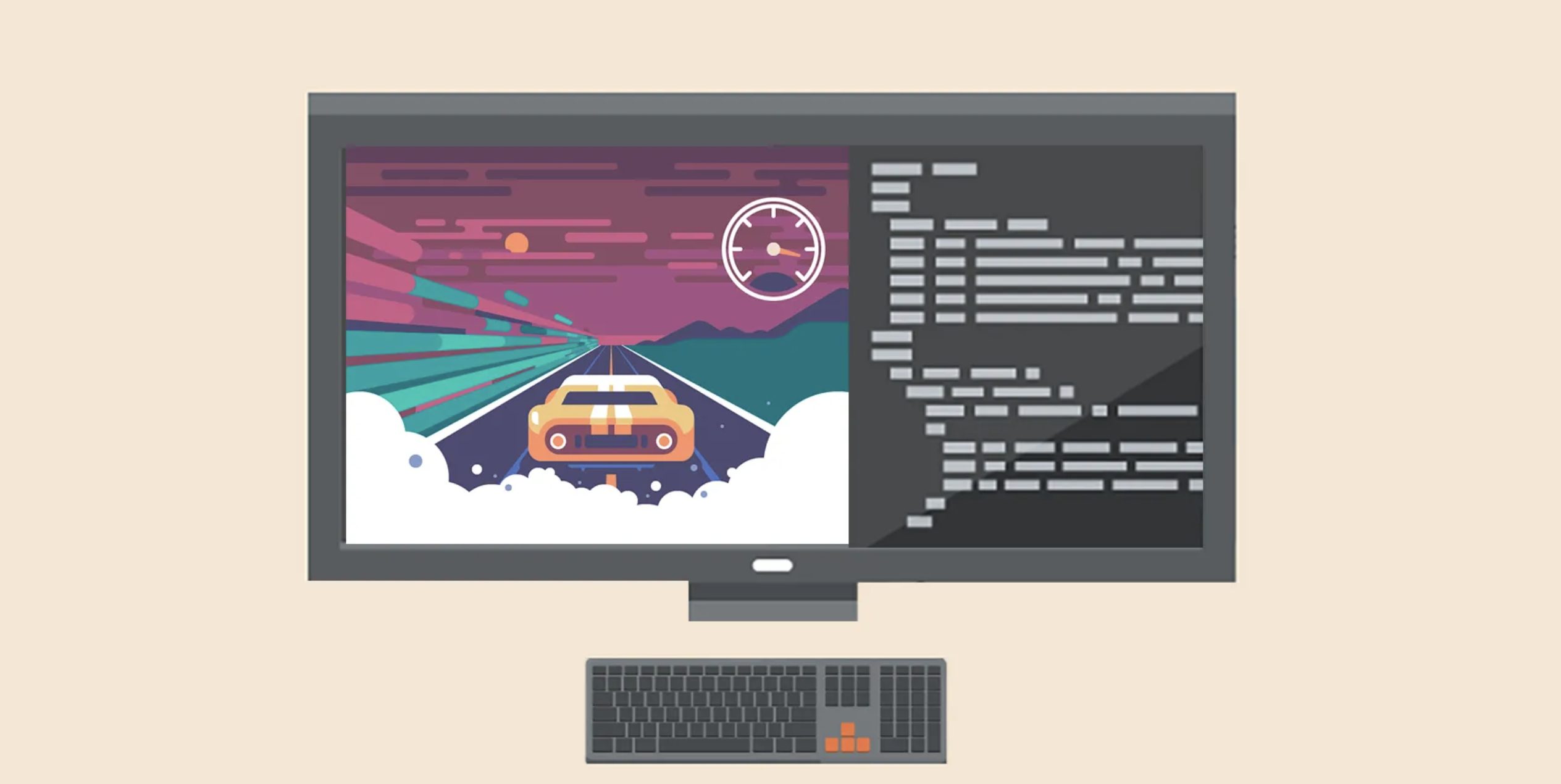
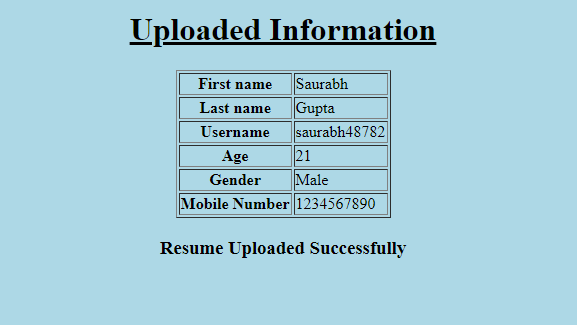
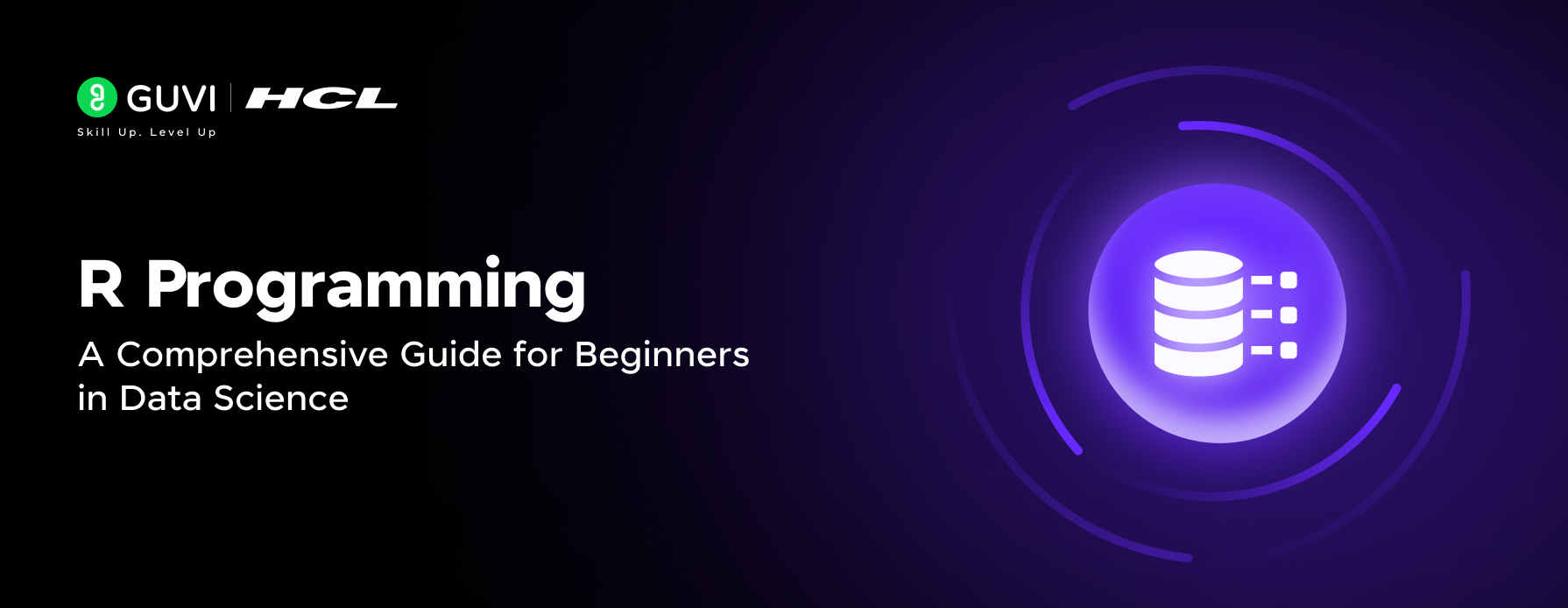


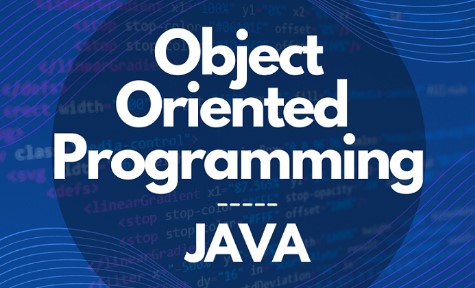


Did you enjoy this article?